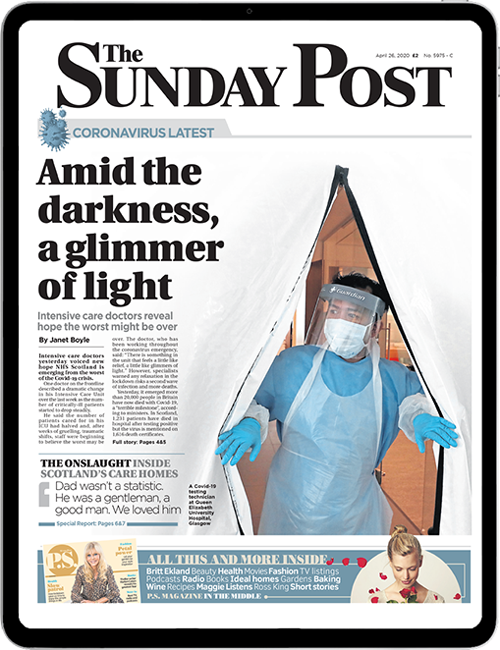
Here are the key numbers in the latest migration figures from the Office for National Statistics (ONS):
– Estimated net migration to the UK stood at a provisional total of 685,000 in the year to December 2023, down 10% from a revised record of 764,000 for the year to December 2022.
The figure for 2022 has been revised upwards by 19,000 from the initial estimate of 745,000, now that more complete data for the year is available.
Net migration is the difference between the number of people arriving and leaving the country.
Some 1.22 million people are estimated to have arrived in the UK in the year ending December 2023, while 532,000 are likely to have left.

– Levels of net migration to the UK have varied sharply in recent years.
The figure was on a downwards trend immediately before the Covid-19 pandemic, falling from an estimated 276,000 in 2018 to 184,000 in 2019.
It dropped to an estimated 93,000 in 2020, when restrictions introduced during the pandemic limited travel and movement.
The total then rose to 466,000 in 2021, before jumping further to a record 764,000 in 2022.
The new estimate of 685,000 for 2023 suggests levels are starting to fall once again, though “it is too early to say if this is the start of a new downward trend,” the ONS said.
– The number of people coming to the UK long-term was broadly similar in 2023 (1.22 million) to 2022 (1.26 million).
There has been a marked change in immigration patterns in recent years, following the ending of free movement for people from the European Union and the introduction of a new immigration system in the UK in 2021.
The easing of restrictions after the Covid-19 pandemic, plus external events such as the war in Ukraine, have had a further impact.
We've published provisional long-term international migration estimates, UK, year ending December 2023.
• Immigration was 1.2m• Emigration was 532,000• Provisional net migration (difference between people arriving and people leaving) was 685,000
➡️ https://t.co/klL8ga1u1x pic.twitter.com/qdQPBAsGf7
— Office for National Statistics (ONS) (@ONS) May 23, 2024
Non-EU nationals accounted for 85% of total long-term immigration last year, while EU nationals made up 10% and British nationals 5%.
By contrast, non-EU nationals made up 47% of the total in 2019, with 44% being EU nationals.
And in 2016, the year the UK voted to leave the European Union, non-EU nationals made up just 31% of the total, compared with 60% for EU nationals.
– People arriving long-term on work-related visas is now the most common reason for non-EU immigration (41% of this total), overtaking those arriving on study-related visas (37%) for the first time since 2019.
There has also been a shift in the balance between those arriving on work visas as main applicants or as dependants.
In 2022, main applicants accounted for an estimated 55% of non-EU long-term work immigration, with dependants making up 45%.
In 2023, main applicants accounted for 48% and dependants 52%.
Preliminary analysis by the ONS indicates that those most likely to bring dependants come from Nigeria, Sri Lanka, India, Pakistan, Zimbabwe and Ghana.
Dependants are a mixture of adults and children, and of the top 10 countries, around 50% of dependants were aged 17 years or under.
– The number of people immigrating to the UK for humanitarian reasons stood at an estimated 50,000 in 2023, down sharply from 160,000 in 2022.
Arrivals from Ukraine dropped from 98,000 in 2022 to 10,000 in 2023.
– The number of people emigrating from the UK long-term rose from 493,000 in 2022 to 532,000 in 2023.
This has been driven largely by increased emigration from non-EU nationals, particularly among those who initially arrived on a study visa.

For the first time since 2014, non-EU emigration is larger than EU emigration.
Non-EU nationals accounted for 44% of the total last year, up from 33% in 2022, while EU nationals accounted for 38%, down from 48%.
The number of non-EU nationals emigrating in 2023, 233,000, is the highest since current estimates began in 2012.
Some 133,000 people left the UK in 2023 who initially arrived on study-related visas, up from 91,000 in 2022.
This can be “partially attributed to the high levels of immigration for study, which we saw post-pandemic, that are now beginning to translate into increased emigration as some complete their studies and leave the UK,” the ONS added.
However, some long-term international students are also likely to be staying in the UK longer and transitioning to other visa types, rather than leaving at the end of their studies.
This is a result of the introduction of the graduate visa in July 2021, which gives students permission to stay in the UK for at least two years after successfully completing a course.

Enjoy the convenience of having The Sunday Post delivered as a digital ePaper straight to your smartphone, tablet or computer.
Subscribe for only £5.49 a month and enjoy all the benefits of the printed paper as a digital replica.
Subscribe